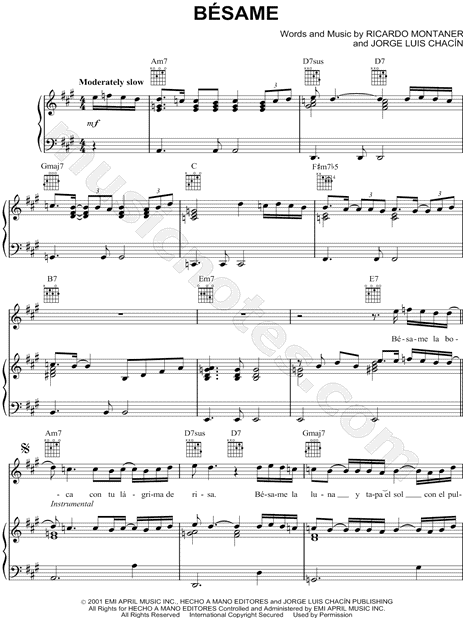Whenever you see the word “mode”, replace it with the word “key”, and see if the question still holds up. In the case of your question here, if you’re playing in the key of C, and you play a melody that starts on the note D, and it happens to go up in a straight line the way a scale does, and the chord that’s playing while you do this is a C chord, would you call that Dorian? I wouldn’t. I’d call that C major.
Now let’s say that the tune you’re playing is in the key of C, but actually playing a D minor chord at that moment, as part of a progression. Does the overall song sound like it has modulated, even temporarily, to the key of D minor, albeit with a B natural in it, instead of a B flat like you’d normally have in D minor? If the answer to that is still no, then I still wouldn’t call that Dorian. It’s still the key of C, but you happen to playing a D minor chord.
This is just me, but the note something “starts” on has no bearing to keys or modes at all, and calling something a mode that doesn’t sound like a key is not something I do. And calling a fingering a mode is definitely not something I do.
The question about the “flat 3” and “flat7” I think is just because you’re reading a book that is comparing the Dorian scale to the major scale. Compared to major, Dorian has a flatted third degree and a flatted seventh degree. All other notes are the same. Trying to hear this this by comparing C major to D Dorian is the absolute worst way in my opinion. Instead, compare C major to C Dorian. In other words, play a C major scale. Now flat the third note and the seventh note, and play it again. That difference you hear is the difference between Dorian and major. For even more Dorian “flavor”, do it while playing along with Cmaj7 chord for major, and a Cmin6 chord for Dorian. That will intensify the respective “flavors” and make the difference more obvious.
But again, just my 2 cents, I wouldn’t call a C major fingering Dorian, because Dorian describes an overall harmonic context, or “key”, in my version of idiotspeak. A bunch of notes starting on the note D don’t do that without more information like chords, or even better, a chord progression / song, surrounding them.

